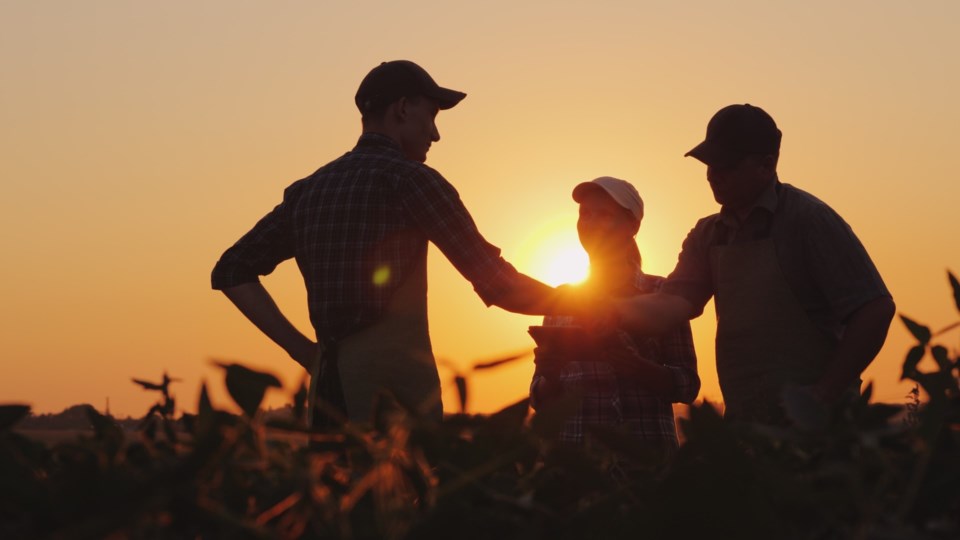Farmers are all in the same boat, just different parts of it. Grain producers may not think they have a close relationship with a dairy farm, a poultry operation, hog or cow-calf business or a feedlot, but there is a tie that binds them all.
A few weeks ago, producers from all agricultural sectors across Saskatchewan got together for a group chat about issues they face. High feed costs and short supplies of regional feedgrain have hurt livestock producers’ margins for several consecutive years, and those margins weren’t too good to begin with.
Cattle producers at that recent Agricultural Producers Association of Saskatchewan summit reminded grain growers that without a thriving animal agriculture sector, about 35 percent of grain production would have to find a home in other markets. Byproducts from canola and soy crushing are important parts of crop value. Exporting them to U.S. markets isn’t particularly lucrative due to shipping costs and the relative strength of that country’s feed industry.
All it takes is one early, hard frost or wet fall to shift plenty of Canadian grain farmers from premium crop exporters to domestic feed providers. Grain producers’ interest in the livestock business increases substantially when they are stuck with damaged crop.
In the past 17 years, the number of beef cows in Canada has fallen by 1.3 million head and the trend doesn’t seem to be levelling off, despite recently improved cattle prices. For both sectors to thrive, livestock producers need the power of grain farmers’ voices and vice-versa. The sectors share many issues of rural and farming life and could benefit by highlighting that in government lobby efforts.
Beef cattle producers also say improvements to cost-shared business risk management programs, including provincial insurance schemes, provide support and have improved for grain producers, but little equivalent support is available to the livestock sector.
Work is underway within the livestock sector to design a more robust support program but it is a complex and likely lengthy process.
Dairy and poultry producers benefit from supply management programs, along with effective lobbying and marketing campaigns. They are also substantial users of feedgrain and industry byproducts, as are hog producers. They are significant players in the feed consumption side of the farm market.
Grain producers in general have seen better returns on expenses — 24 cents on every dollar earned — than do producers in animal agriculture. Beef yields about seven cents, dairy 20, poultry 15 and hogs eight, and this includes money earned through business risk management programs.
Livestock producers need programs that similarly contribute to stability and provide a better opportunity for future generations of Canadian livestock farmers — or help ensure there is, in fact, a next generation of livestock producers, given recent trends.
The many different aspects of Canadian agriculture require a certain amount of fragmentation, in terms of programs and government lobby efforts, to reflect specific needs. But the whole of agriculture needs to acknowledge the importance of each part to the health of the entire sector. That’s what livestock producers suggested at their Saskatchewan meeting last week. It makes sense.
Karen Briere, Bruce Dyck, Barb Glen and Mike Raine collaborate in the writing of Western Producer editorials.


